May 16, 2025 | 14:40 GMT +7
May 16, 2025 | 14:40 GMT +7
Hotline: 0913.378.918
May 16, 2025 | 14:40 GMT +7
Hotline: 0913.378.918
According to the Thai Binh Department of MARD, field inspection shows:
- For rice blast disease, the disease source has appeared on weeds at a much more severe level than in many cases. It is forecasted that in rice, the disease is likely to appear early and cause more severe damage than in previous spring crops, concentrated in two peak seasons.
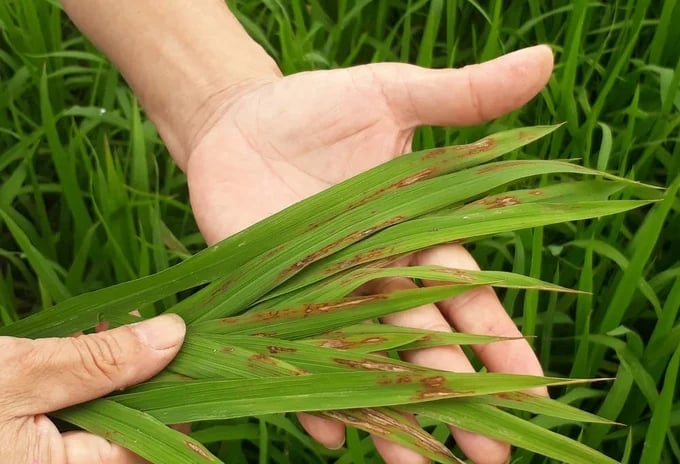
Thai Binh Department of MARD predicts that leaf blast disease on the spring rice crop in 2024 is likely to appear earlier and cause more severe damage than previous spring crops. Photo: MH.
Peak season 1: The disease causes damage from the beginning of March, causing serious damage from mid-week to the end of March on early infected rice varieties such as TBR225, sticky rice of all kinds, BC15... distributed mainly in the northern districts (Hung Ha, Dong Hung, Bac Thai Thuy).
Peak season 2: The disease causes damage from early to mid-April on sown and mass rice areas, especially in the southern districts of the province.
Cotton leaf blast disease causes damage from April 20 to the end of the season on rice flowering tea exposed to cold, rainy air, especially flowering tea in late April and early May.
- The 1st generation of Cnaphalocrosis medinalis Guennee emerge from late February to early March. Larvae cause slight damage in early to mid-March. The 2nd generation matures from the end of March to the beginning of April. The larvae are harmful from the first week to the middle of April. The average density is 30 - 40 larvae/m2, 50 - 80 larvae/m2 in high places.
The third generation matures from the end of April to the beginning of May. The larvae damage the leaves and functional leaves from the end of April to the 1st week of May. It is forecasted that the average density is 50 - 60 larvae/m2, 100 - 200 larvae/m2 in high-density areas; in some coastal areas, in particular, the density is up to 300 - 500 larvae/m2.
- For all types of leafhoppers, in the spring of 2024, leafhopper migration from the secondary host to rice is higher than in the same period at the end of February.
The 1st generation: leafhoppers appear to cause damage from mid-March to early April, causing damage on infected varieties such as BT7, mixed seeds, sticky rice... at the foot of sunken fields with thick plantings and unbalanced fertilization. It is forecast that the common density is 200 - 300 leafhoppers/m2, in high places it is 600 - 800 leafhoppers/m2, and in extreme cases, it can reach 1,500 - 2,000 leafhoppers/m2.
The 2nd generation: Damage occurs from mid-April to early May. It is forecasted that the damaged area will be large with a high density, in some places there can be tens of thousands of insects/m2. If not prevented promptly, it will affect spring rice.
The 3rd generation: Damage occurs from mid-May to early June at the stage of rice ripening. If not promptly prevented, leafhoppers will cause Xanthomonas Oryzea on rice.
The Thai Binh Department of MARD recommends that with the area of large-scale rice, green anise that took root, rice that begins to produce new leaves and directly sown rice that recently reached 4 leaves, it is necessary to fertilize with specialized synthetic NPK fertilizers with high nitrogen content for convenient and concentrated tillering of rice. Fertilize should be sprayed on the spring rice before March 20.
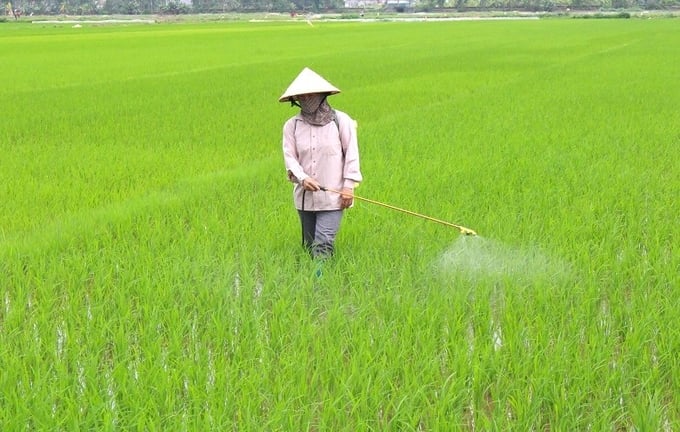
Thai Binh Department of MARD recommends that from the beginning of March onwards, farmers need to increase field inspection. Photo: TL.
For early rice areas, it is necessary to divide the amount of fertilizer into 2 top-spraying sessions to avoid the phenomenon of rice blooming in April. For sown rice areas with poor growth, it is necessary to use foliar fertilizers such as superphosphate, and Penac P... to let the rice grow new leaves, then use chemical fertilizer for normal fertilization.
Regarding irrigation water, regularly keep the water level shallow during the rice tillering period to help the rice tiller early, and produce healthy, concentrated seedlings. Do not let the field dry out, affecting the growth of rice plants. When the rice tillers cover the soil, drain the water to crack the soil to help the rice roots deepen, increasing the plant's ability to resist falling. In the later stages, it is necessary to keep enough water for rice plants to grow rice fields and seeds.
Translated by Hoang Duy
![Multi-channel, multi-directional Vietnamese agricultural markets: [7] Deep processing makes global reach easy](https://t.ex-cdn.com/nongnghiepmoitruong.vn/608w/files/huytd/2025/05/16/2946-che-bien-sau-chia-khoa-vang-nang-tam-nong-san-viet-tren-ban-do-the-gioi-080603_110-093858.jpg)
(VAN) The application of deep processing technology is helping Vietnamese agricultural products enhance their value, create competitive advantages, and open doors to conquer global consumers.
![Multi-channel, multi-directional Vietnamese agricultural markets: [6] Agri products go online](https://t.ex-cdn.com/nongnghiepmoitruong.vn/608w/files/content/2024/12/10/1-113313_954.jpg)
(VAN) Bringing agri products onto e-commerce platforms is an effective way to build a brand that many businesses, cooperatives, and agricultural production households are doing.
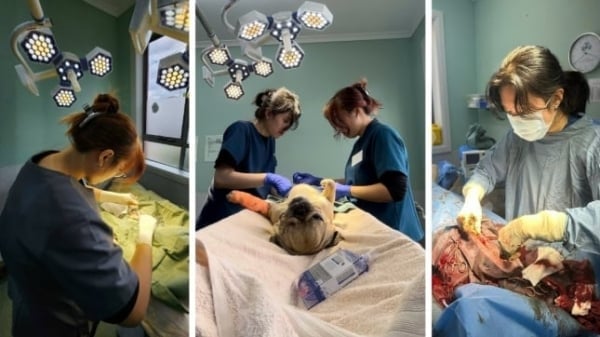
(VAN) Veterinary training should focus on quality, not just quantity. Veterinarians also need more options to pursue specialized training.
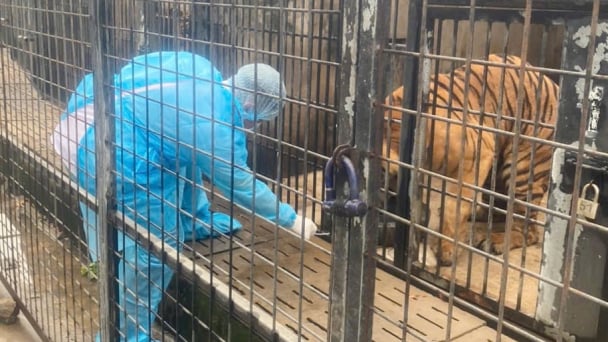
(VAN) The veterinary industry needs to be viewed objectively and further invested in to properly demonstrate its role and importance in the new context.

(VAN) The number of veterinarians graduating each year is not enough to meet actual needs, hence a difficult problem for the growing livestock industry.
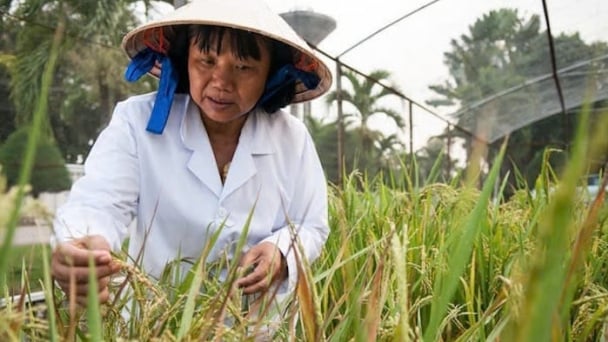
(VAN) The strategic partnership between Cambodia, the Philippines, Vietnam, and CGIAR ensures that innovative solutions effectively address national priorities for food system development.
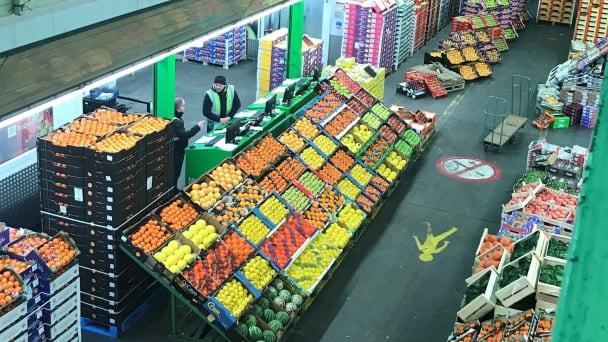
(VAN) This was affirmed by the UK Minister of State at the Department for Environment, Food and Rural Affairs during a working session with Deputy Minister Tran Thanh Nam on May 13.